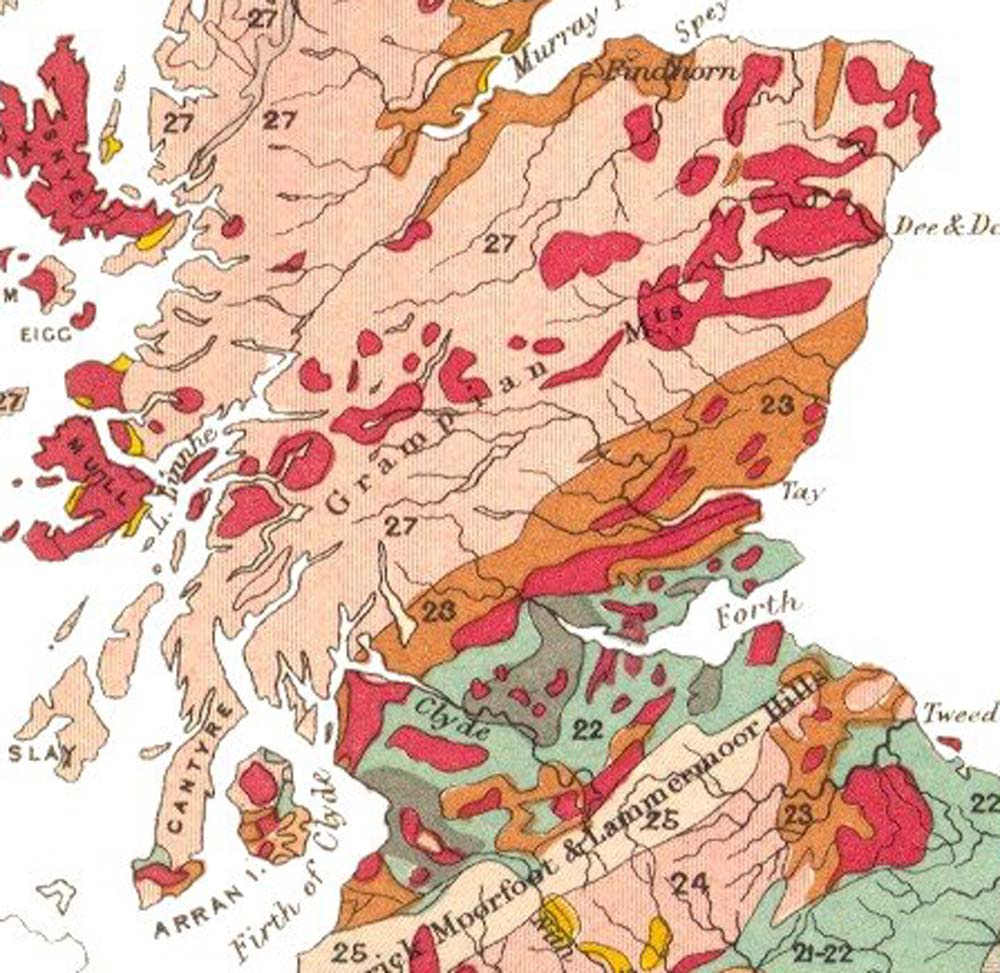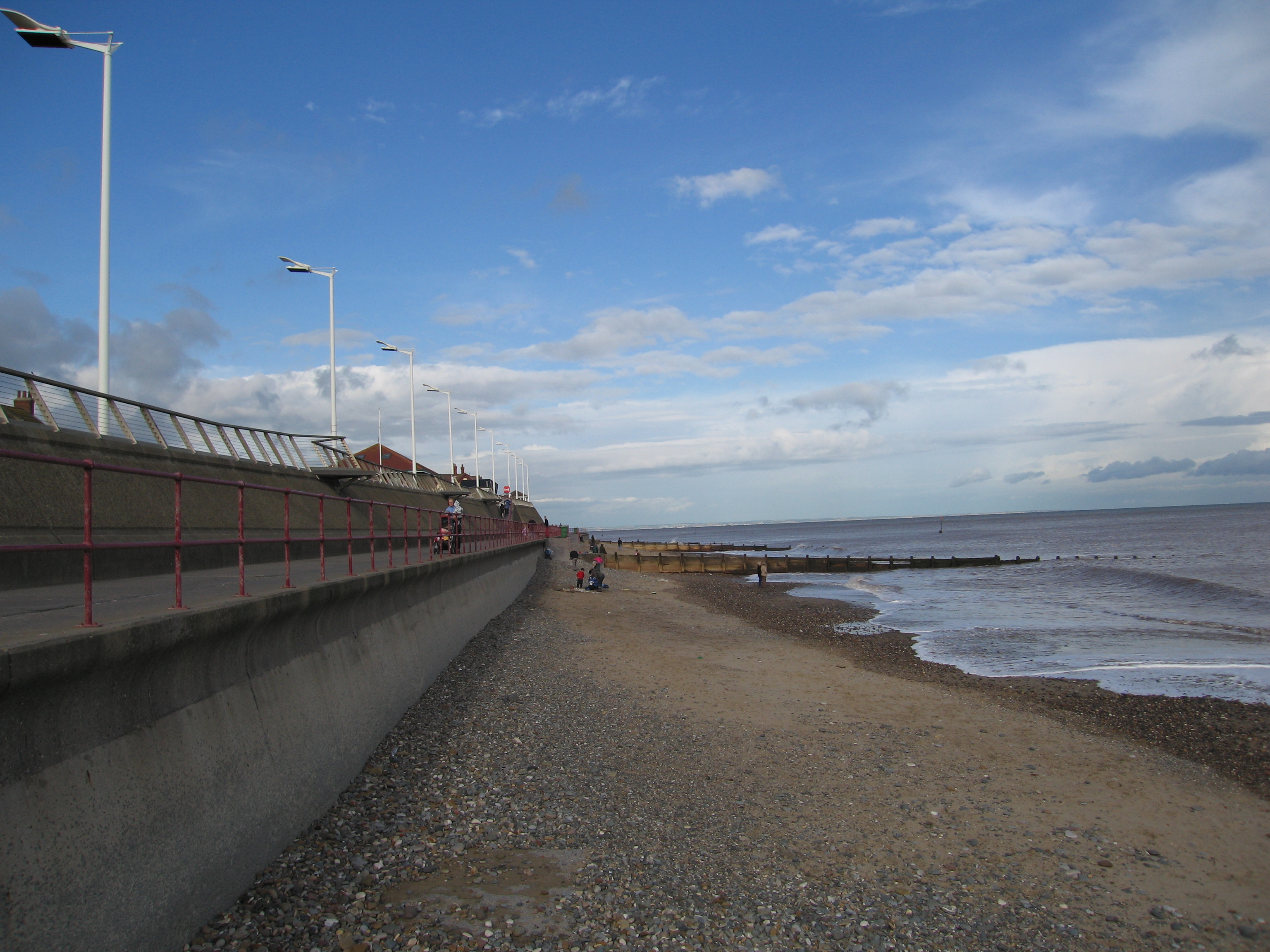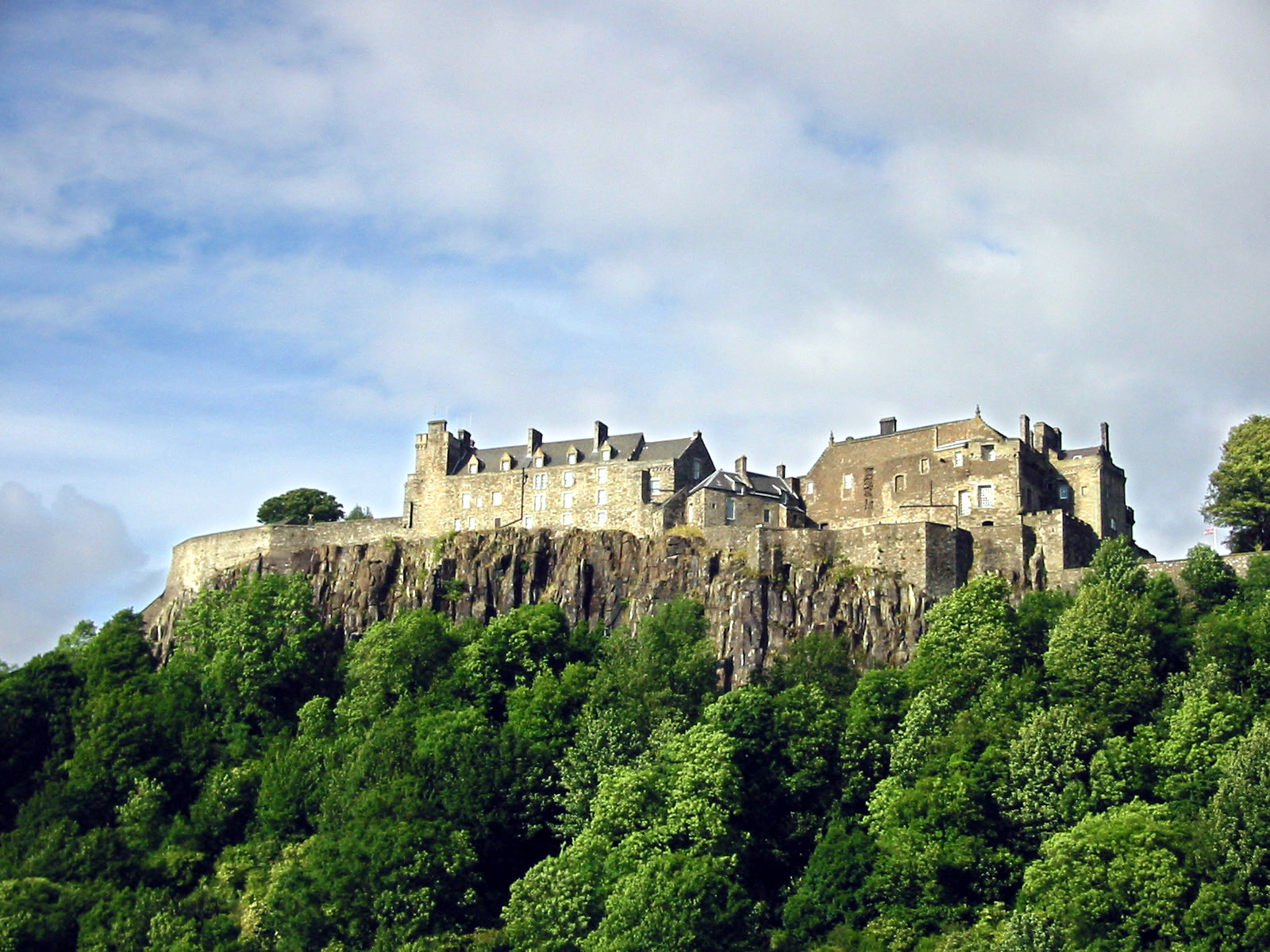|
Stratheden Group
The Stratheden Group is a Devonian lithostratigraphic group (a sequence of rock strata) in southern Scotland and northernmost England. Occasionally pebbly, this red-brown and yellow sandstone dominated unit also contains siltstones and mudstones. It is encountered in Arran in the west and across the Midland Valley to the northeastern parts of Fife in the east. The name is derived from Stratheden in Fife. The rocks of the Stratheden Group have also previously been referred to as the Upper Old Red Sandstone. It unconformably overlies a variety of other rock sequences including the Strathmore Group around Dumbarton, Stirling and Arran and the Arbuthnott-Garvock Group in Fife and the Kinross Kinross (, ) is a burgh in Perth and Kinross, Scotland, around south of Perth, Scotland, Perth and around northwest of Edinburgh. It is the traditional county town of the Counties of Scotland, historic county of Kinross-shire. History Kinro ... area. References * {{Refend Silur ... [...More Info...] [...Related Items...] OR: [Wikipedia] [Google] [Baidu] |
Group (stratigraphy)
In geology, a group is a lithostratigraphy, lithostratigraphic Stratigraphic unit, unit consisting of a series of related Geological formation, formations that have been classified together to form a group. Formations are the fundamental unit of stratigraphy. Groups may sometimes be combined into Supergroup (geology), supergroups. Groups are useful for showing relationships between formations, and they are also useful for small-scale mapping or for studying the stratigraphy of large regions. Geologists exploring a new area have sometimes defined groups when they believe the strata within the groups can be divided into formations during subsequent investigations of the area. It is possible for only some of the strata making up a group to be divided into formations. An example of a group is the Glen Canyon Group, which includes (in ascending order) the Wingate Sandstone, the Moenave Formation, the Kayenta Formation, and the Navajo Sandstone. Each of the formations can be distingui ... [...More Info...] [...Related Items...] OR: [Wikipedia] [Google] [Baidu] |
Geological Groups Of The United Kingdom
Geology (). is a branch of natural science concerned with the Earth and other astronomical objects, the rocks of which they are composed, and the processes by which they change over time. Modern geology significantly overlaps all other Earth sciences, including hydrology. It is integrated with Earth system science and planetary science. Geology describes the structure of the Earth on and beneath its surface and the processes that have shaped that structure. Geologists study the mineralogical composition of rocks in order to get insight into their history of formation. Geology determines the relative ages of rocks found at a given location; geochemistry (a branch of geology) determines their absolute ages. By combining various petrological, crystallographic, and paleontological tools, geologists are able to chronicle the geological history of the Earth as a whole. One aspect is to demonstrate the age of the Earth. Geology provides evidence for plate tectonics, the evolutionary ... [...More Info...] [...Related Items...] OR: [Wikipedia] [Google] [Baidu] |
Geology Of Scotland
The geology of Scotland is unusually varied for a country of its size, with a large number of different geology, geological features.Keay & Keay (1994) page 415. There are three main geographical sub-divisions: the Highlands and Islands is a diverse area which lies to the north and west of the Highland Boundary Fault; the Central Lowlands is a rift valley mainly comprising Palaeozoic Formation (geology), formations; and the Southern Uplands, which lie south of the Southern Uplands Fault, are largely composed of Silurian deposits. The existing bedrock includes very ancient Archean gneiss, metamorphic rock, metamorphic beds interspersed with granite intrusions created during the Caledonian mountain building period (the Caledonian orogeny), commercially important coal, oil and iron-bearing carboniferous deposits and the remains of substantial Palaeogene volcanoes. During their formation, tectonic movements created climatic conditions ranging from polar to desert to tropical and a res ... [...More Info...] [...Related Items...] OR: [Wikipedia] [Google] [Baidu] |
Geology Of England
The geology of England is mainly sedimentary. The youngest rocks are in the south east around London, progressing in age in a north westerly direction.Southampton University retrieved 21/1/07 The Tees–Exe line marks the division between younger, softer and low-lying rocks in the south east and the generally older and harder rocks of the north and west which give rise to higher relief in those regions. The geology of England is recognisable in the landscape of its , the building materials of its towns and its regional [...More Info...] [...Related Items...] OR: [Wikipedia] [Google] [Baidu] |
Silurian System Of Europe
The Silurian ( ) is a geologic period and system spanning 23.5 million years from the end of the Ordovician Period, at million years ago ( Mya), to the beginning of the Devonian Period, Mya. The Silurian is the third and shortest period of the Paleozoic Era, and the third of twelve periods of the Phanerozoic Eon. As with other geologic periods, the rock beds that define the period's start and end are well identified, but the exact dates are uncertain by a few million years. The base of the Silurian is set at a series of major Ordovician–Silurian extinction events when up to 60% of marine genera were wiped out. One important event in this period was the initial establishment of terrestrial life in what is known as the Silurian-Devonian Terrestrial Revolution: vascular plants emerged from more primitive land plants, dikaryan fungi started expanding and diversifying along with glomeromycotan fungi, and three groups of arthropods (myriapods, arachnids and hexapods) became full ... [...More Info...] [...Related Items...] OR: [Wikipedia] [Google] [Baidu] |
Kinross
Kinross (, ) is a burgh in Perth and Kinross, Scotland, around south of Perth, Scotland, Perth and around northwest of Edinburgh. It is the traditional county town of the Counties of Scotland, historic county of Kinross-shire. History Kinross's origins are connected with the nearby Loch Leven and its islands whose history goes back to the 5th century AD. Kinross developed as a staging post on the Great North Road from North Queensferry to Perth, Scotland, Perth. In time, local industry developed and by the early 18th century the town had grown to a population of around 600 people. By the mid-19th century, a thriving wool weaving industry had emerged. Kinross Town Hall was completed in 1841. Location and transport The site of the original Pre-Reformation parish church (building), church and churchyard is down a small wynd overlooking Loch Leven (Kinross), Loch Leven, a little away from the town. The church was dedicated to St. Serf and was under control of Dunfermline Abbey. ... [...More Info...] [...Related Items...] OR: [Wikipedia] [Google] [Baidu] |
Stirling
Stirling (; ; ) is a City status in the United Kingdom, city in Central Belt, central Scotland, northeast of Glasgow and north-west of Edinburgh. The market town#Scotland, market town, surrounded by rich farmland, grew up connecting the royal Stirling Castle, citadel, the medieval old town with its merchants and tradesmen, the Stirling Old Bridge, Old Bridge and the port. Located on the River Forth, Stirling is the administrative centre for the Stirling (council area), Stirling council area, and is traditionally the county town and historic county of Stirlingshire. Stirling's key position as the lowest bridging point of the River Forth before it broadens towards the Firth of Forth made it a focal point for travel north or south. It has been said that "Stirling, like a huge brooch clasps Scottish Highlands, Highlands and Scottish Lowlands, Lowlands together". The city's status as "Gateway to the Highlands" also historically lent it great strategic importance—the credo "he who ... [...More Info...] [...Related Items...] OR: [Wikipedia] [Google] [Baidu] |
Dumbarton
Dumbarton (; , or ; or , meaning 'fort of the Britons (historical), Britons') is a town in West Dunbartonshire, Scotland, on the north bank of the River Clyde where the River Leven, Dunbartonshire, River Leven flows into the Clyde estuary. In 2006, it had an estimated population of 19,990. Dumbarton was the capital of the ancient Kingdom of Strathclyde, and later the county town of Dunbartonshire. Dumbarton Castle, on top of Dumbarton Rock, dominates the area. Dumbarton was a royal burgh between 1222 and 1975. Dumbarton emerged from the 19th century as a centre for shipbuilding, glassmaking, and whisky production. However, these industries have since declined, and Dumbarton today is increasingly a commuter town for Glasgow east-southeast of it. Dumbarton F.C. is the local football club. Dumbarton is home to BBC Scotland's drama studio. History Dumbarton history goes back at least as far as the Iron Age and probably much earlier. It has been suggested that in Ancient Rom ... [...More Info...] [...Related Items...] OR: [Wikipedia] [Google] [Baidu] |
Fife
Fife ( , ; ; ) is a council areas of Scotland, council area and lieutenancy areas of Scotland, lieutenancy area in Scotland. A peninsula, it is bordered by the Firth of Tay to the north, the North Sea to the east, the Firth of Forth to the south, Perth and Kinross to the west and Clackmannanshire to the south-west. The largest settlement is the city of Dunfermline, and the administrative centre is Glenrothes. The area has an area of and had a resident population of in , making it Scotland's largest local authority area by population. The population is concentrated in the south, which contains Dunfermline, Kirkcaldy and Glenrothes. The north is less densely populated, and the largest town is St Andrews on the north-east coast. The area is governed by the unitary Fife Council. It covers the same area as the Counties of Scotland, historic county of the same name. Fife was one of the major Picts, Pictish monarchy, kingdoms, known as ''Fib'', and is still commonly known as the ... [...More Info...] [...Related Items...] OR: [Wikipedia] [Google] [Baidu] |
Central Lowlands
The Central Lowlands, sometimes called the Midland Valley or Central Valley, is a geologically defined area of relatively low-lying land in southern Scotland. It consists of a rift valley between the Highland Boundary Fault to the north and the Southern Uplands Fault to the south. The Central Lowlands are one of the three main geographical sub-divisions of Scotland, the other two being the Highlands and Islands which lie to the north, northwest and the Southern Uplands, which lie south of the associated second fault line. It is the most populated of Scotland’s three geographical regions. Geology and geomorphology The Central Lowlands is largely underlain by Paleozoic formations. Many of these sedimentary rocks have economic significance for it is here that the coal and iron bearing rocks that fueled Scotland's Industrial Revolution are to be found. This area has also experienced intense volcanism, Arthur's Seat in Edinburgh being the remnant of a once much larger ... [...More Info...] [...Related Items...] OR: [Wikipedia] [Google] [Baidu] |
Isle Of Arran
The Isle of Arran (; ) or simply Arran is an island off the west coast of Scotland. It is the largest island in the Firth of Clyde and the seventh-largest Scottish island, at . Counties of Scotland, Historically part of Buteshire, it is in the Subdivisions of Scotland, unitary council area of North Ayrshire. In the 2011 census it had a resident population of 4,629. Though culturally and physically similar to the Hebrides, it is separated from them by the Kintyre, Kintyre peninsula. Often referred to as "Scotland in Miniature", the Island is divided into highland and lowland areas by the Highland Boundary Fault and has been described as a "geologist's paradise".Haswell-Smith (2004) pp. 11–17. Arran has been continuously inhabited since the early Neolithic period. Numerous prehistory, prehistoric remains have been found. From the 6th century onwards, Goidelic languages, Goidelic-speaking peoples from Ireland colonised it and it became a centre of religious activity. In the trou ... [...More Info...] [...Related Items...] OR: [Wikipedia] [Google] [Baidu] |







